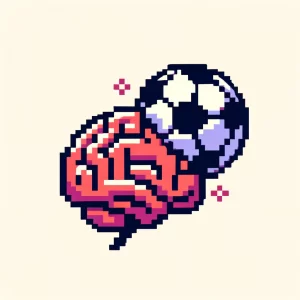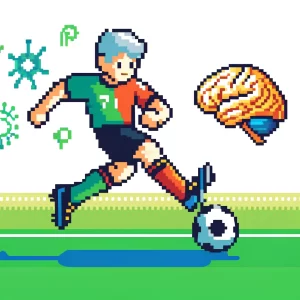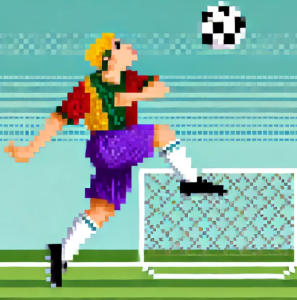
How Concussion Education Can Make Soccer Safer
Picture this: it’s a Saturday morning youth match, and your star midfielder takes a hard bump to the head. They shake it off, say they’re fine, and keep playing. No one reports it—until symptoms show up hours later. For too many soccer players, that’s the norm. But new science says it doesn’t have to be.
A recent meta-analysis from Public Health Reviews breaks down what works—and what doesn’t—when it comes to concussion education for adolescent athletes. The findings? Education can boost knowledge and improve reporting, but changing attitudes takes more than a handout or one-off workshop.
What the Research Shows: Soccer and the Concussion Challenge
The systematic review examined 22 studies over the last decade, focusing on sports-related concussion (SRC) interventions for teens and their caregivers. Soccer was among the sports most often included, particularly given concerns around heading and physical play.
Key findings:
- Knowledge improves consistently. Whether it was a digital video, a VR app, or an in-person lecture, most interventions significantly boosted awareness of concussion symptoms and what to do when they occur.
- Attitude shifts are tougher. Athletes often know what a concussion is—but still hesitate to report symptoms due to peer pressure or fear of letting the team down.
- Reporting behavior can be changed. Programs that featured direct messaging (like pre-game “safety huddles”) saw better outcomes in players’ willingness to report symptoms to coaches or caregivers.
- Short-term gains need long-term reinforcement. Many studies showed that knowledge fades after a few months. Long-term change demands follow-ups and repeated messaging.
What This Means for Soccer Coaches and Clubs
If you’re a coach, trainer, or club leader, here’s the bottom line: concussion education works—but only when done well and consistently.
Make It Stick: 4 Coaching Takeaways
1. Go Beyond the Rulebook.
It’s not enough to post the concussion policy. Use game-day huddles, weekly training reminders, and short team talks to reinforce key messages.
2. Mix the Mediums.
Combine digital tools (like apps or videos) with real-life conversations. One study found that mobile apps helped kids remember symptoms, but caregivers were more influenced by emotional stories and real examples.
3. Engage Parents and Caregivers.
Studies showed that involving parents led to greater improvements in behavior and follow-up care. Consider hosting a short preseason meeting or sharing resources like the CDC’s Heads Up materials.
4. Keep It Going.
Make concussion education part of your club culture—not just a box to tick at the beginning of the season. Booster sessions throughout the year help players retain information and stay alert.
Why This Matters More Than Ever
The culture of soccer is shifting. Players are younger. The game is faster. And expectations are higher. That’s why creating a safe environment isn’t just good practice—it’s essential. By improving concussion knowledge and reinforcing safe reporting, clubs can help players avoid long-term harm and get the care they need, when they need it.
Let’s not wait until after an injury to start the conversation.
Your Turn to Kick It Off
How does your team approach concussion safety? Are you using tools like FIFA’s Concussion Toolkit or the CDC’s Heads Up campaign? Let us know:
- Have you seen players hesitate to report symptoms? What helped them speak up?
- What’s one thing your club could do this season to better support concussion awareness?
- Would you consider adding a “concussion check-in” to your game-day routine?
Comment below or tag us on social media using #SafeSoccerStartsHere. Let’s share ideas and protect our players—together.
Be Part of Soccer’s Scientific Revolution: “Discover the unseen facets of soccer with ‘This Week in Soccer’.
Our newsletter brings you closer to the game’s strategic and scientific dimensions, with content tailored for coaches, educators, and fans alike. Utilizing advanced AI tools, we make complex soccer science accessible and engaging. Don’t just watch soccer, understand it. Subscribe to our newsletter now!”



